Integrated environmental protection system
Whole-process environmental data integration

Use integration, structuralization, process, visualization and intelligence technologies to build an integrated system for monitoring and dispatching, emergency command, and on-site response under both normal and emergency conditions to realize standardized process driven daily management and control and emergency command.
Combination of daily and emergency management with daily monitoring, dispatching command, emergency command, and on-site response handled on a unified platform throughout the entire process;
Integration of management and control with abnormal state alarm and intelligent linkage response configured on a unified platform;
Coordination of safety, environmental protection, equipment, production and other disciplines on a unified platform to improve the efficiency of emergency response;
Structured breakdown and command tracking of emergency plans to improve the applicability of the plans.
Park version: applicable for large enterprises, e.g. those with over 10 production units, integrated 10 Mt/a refining and 1 Mt/a ethylene projects, etc.;
Enterprise version: applicable for medium-sized enterprises, e.g. those with 6-10 production units, 5-10 Mt/a refining and 0.3-1 Mt/a ethylene projects, etc.;
Standard version: applicable for small enterprises, e.g. those with 2-5 production units, natural gas processing plants with a capacity of 2-5 billion cubic meters per year, 1-5 Mt/a refining projects, etc.;
Simplified version: applicable for micro-enterprises, e.g. single units, gas stations, oil (gas) tanks, etc.

Fujian Gulei Petrochemical Co., Ltd.
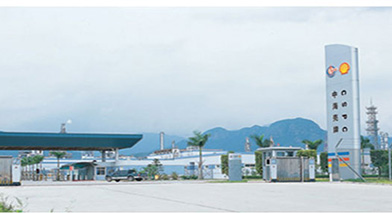
CNOOC and Shell Petrochemicals Company Limited
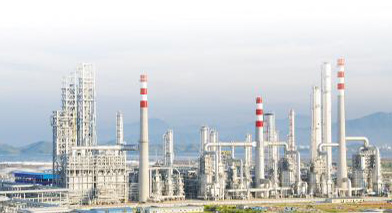
CNOOC Huizhou Petrochemicals Company Limited

Sinopec-SK (Wuhan) Petrochemical Co., Ltd.
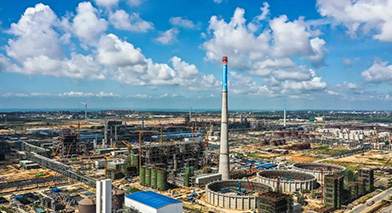
Zhongke (Guangdong) Refinery and Petrochemical Co., Ltd.
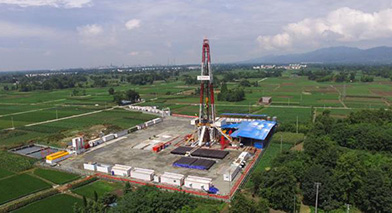
Sinopec Southwest Oil and Gas Company
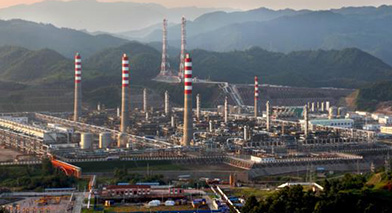
Puguang Branch of Sinopec Zhongyuan Oilfield Company